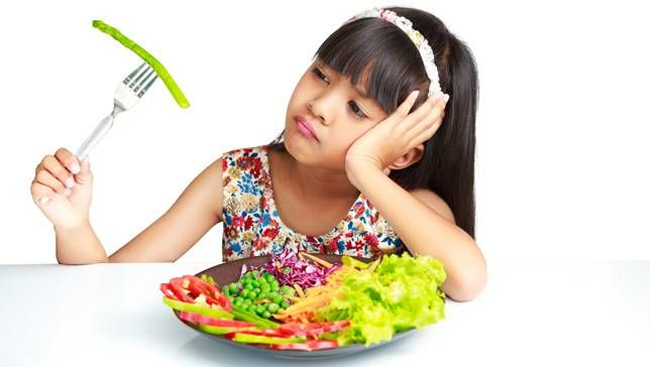
Less than every fourth child in Europe have enough fruit and vegetables included in their daily diet, a study by Swedish researchers at Örebro University and Karolinska Institutet shows. The findings are a part of an EU-funded study and are presented in Public Health Nutrition today.
“It is time to act,” says Agneta Yngve, professor of culinary arts and meal science at Örebro University who together with Christel Lynch, Bettina Ehrenblad and Eric Poortvliet from Karolinska Institutet, and researchers from nine other European countries have examined how much fruit and vegetables school children eat.
Including a lot of fruit and vegetables in your diet reduces the risk of heart disease, stroke, diabetes and even some forms of cancer. The World Health Organization, WHO, recommends a daily intake of at least 400 grams of fruit and vegetables.
“Not even half of the children in this study eat fruit every day. The picture is a little bit brighter when it comes to vegetables. 55 per cent add vegetables to their diet on a daily basis,” says Agneta Yngve.
On average, school children in this European study eat between 220-345 grams of fruit and vegetables a day. Norway and Bulgaria have the highest average daily intake with 345 grams and 320 grams respectively. In Sweden, children consume 291 grams a day. Finland comes in at the bottom of the table with 220 grams. Sweden stands out as the country where school children eat the most vegetables.
“We believe this is down to Swedish school lunches. A good selection of salads and vegetables are normally offered. At the same time, Swedish children are far from getting enough vegetables. An average of 141 grams per day simply is not sufficient. All children should eat at least 200 grams of vegetables in order to live up to the WHO’s recommendations.”
In all European countries, including Sweden, children do however eat more fruit than vegetables. Researchers believe that this is due to fruit being more readily available, for instance as a snack, and to children finding fruit more tasty. The most fruit is consumed by children in Norway, followed by Bulgaria and Greece.
“In addition to the differences between countries, we have also found that girls generally eat more fruit and veg than boys,” Agneta Yngve continues.
This cross-sectional study is the first part of the Pro Greens intervention study. Information material has been prepared for schools in cooperation with the Swedish supermarket chain Ica with the help of which children all across Europe can learn how to become friends with their bodies. How much fruit and veg should I eat and how do I best go about it?
“The next step for us is to evaluate whether this intervention has had the desired effect,” says Agneta Yngve.
The countries taking part in the study are Bulgaria, Finland, Germany, Greece, Iceland, the Netherlands, Norway, Portugal, Slovenia and Sweden. Professor Agneta Yngve is coordinating the study and the project manager is nutritionist Christel Lynch.
The study done by Örebro Universitet.